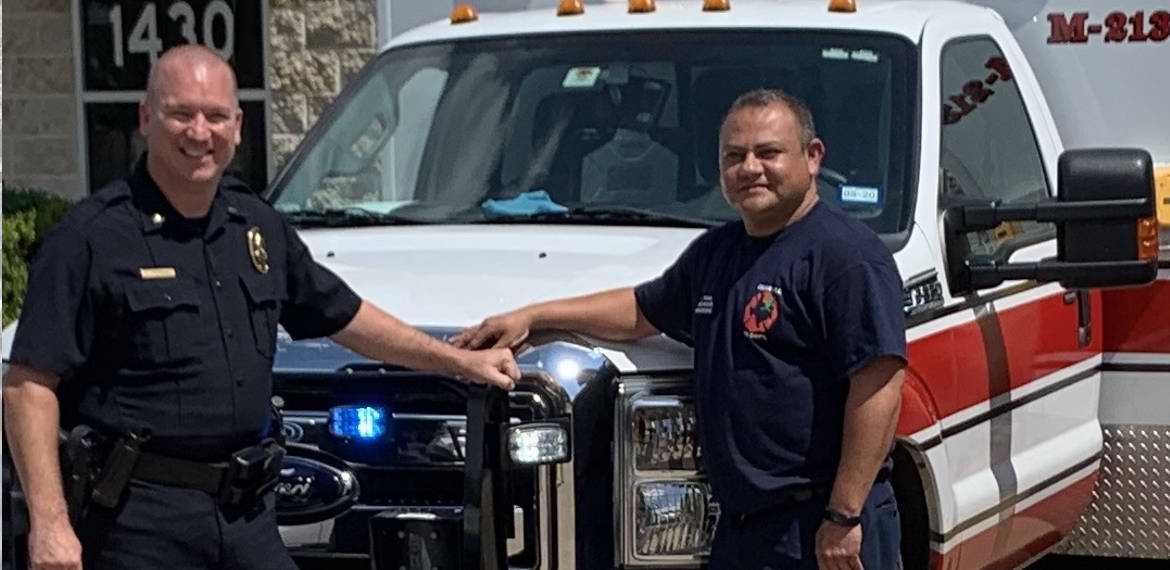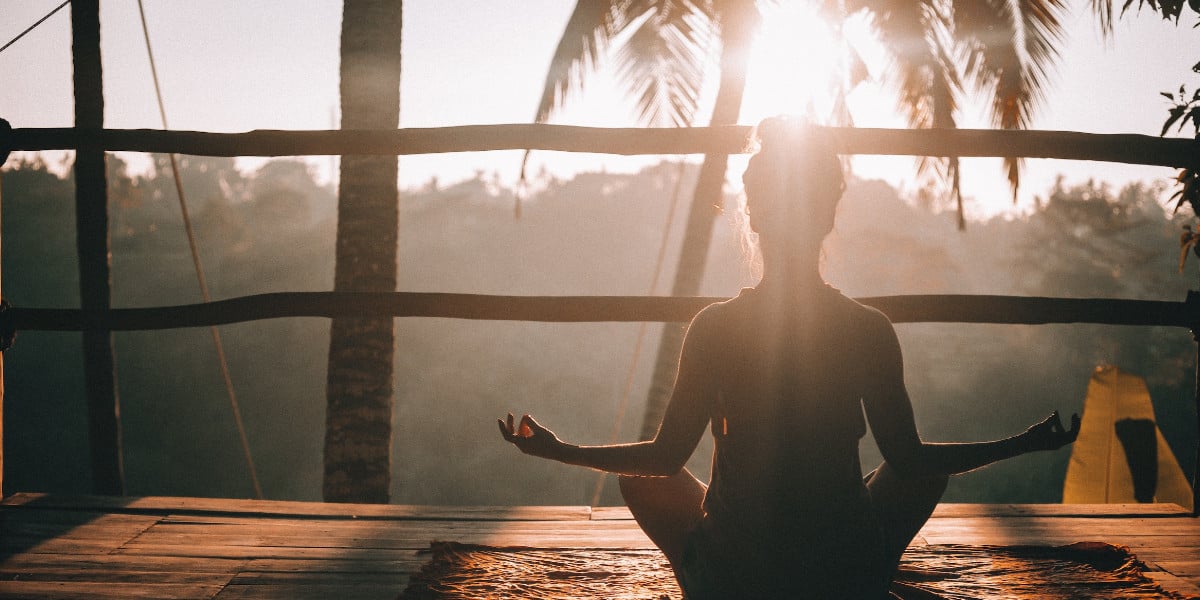
Try These Yoga Poses for Depression and Anxiety
Would you rather listen? Click the arrow above. Ready to read? Scroll on.
More than 60% of clinicians who practice psychotherapy include complementary medicine therapies into their practice, including mindfulness, music therapy, biofeedback and guided imagery. Psychotherapeutic yoga has been shown to be particularly effective for people struggling with anxiety and depression.
Exercise releases endorphins to elevate mood, but unlike aerobic exercise that brings up heart rate, gentle yoga poses can lower heart rate and blood pressure in mere minutes, alleviating anxiety. In competitive sports, the fight or flight instinct can kick in, but yoga moderates the nervous system and regulates nerve impulses, which can physically improve symptoms of depression.
To be clear, yoga cannot take the place of therapy. It can, however, complement other treatments with techniques that are simple enough to do almost anywhere, anytime, and apply across a wide multicultural lens. Iranian researchers at the University of Ilam followed dozens of women who took hatha yoga classes 3 x per week for 4 weeks. After just 12 classes, the majority showed statistically significant improvement in stress, anxiety and depression.
A comprehensive study of veterans with a variety of mental health disorders also found yoga helped with their short-term depression.
Try These Asanas for Anxiety
As always, check with your health care provider before starting any new physical fitness regimen. When you’re ready, kick off your shoes, put on comfortable clothes, find a quiet space and place a comfortable mat, rug, or bath towel to stretch out on the floor.
- Vrksasana, or Tree Pose, requires concentration and balance, which can occupy the mind and redirect racing thoughts. To do the pose, place your right bare foot on the floor or mat, ground all four corners of your foot into the floor, and shift your weight to your right leg. Inhale, lifting your heart and filling your chest with air, and place the sole of your left foot on your right ankle, calf, or thigh, and balance for three deep breaths. Release your left foot, take a breath, then repeat the pose standing on your left foot.
- Janu Sirsana, or Seated Head to Knee Pose stimulates the digestive system, releasing abdominal tension and helping to relieve bloating and discomfort. It is also designed to promote relaxation and boost creativity. Sit on the floor with your legs extended. Bend your left leg and bring the sole of the left foot to the inside of your right thigh. Inhale and extend your arms overhead, with palms facing. Exhale, hinge from the hips and lean forward, resting your hands on the floor, your leg, or your foot extended in front of you. Inhale deeply and exhale just as deeply as you breathe into your extended leg. Repeat for 5 breaths, then inhale up, release your arms, switch legs, inhale your arms up and exhale and hinge forward, repeating 5 breaths on the opposite side.
- Uttana Shishosana, or Puppy Pose targets the spine, back, neck, arms, shoulders, and abdominal muscles, areas that can hoard stress. Releasing that tension can reduce mental stress and anxiety. Start on your hands and knees in tabletop position. Walk your fingertips toward the end of the mat in front of you, and sink your chest toward the mat. Lift your hips toward the sky. Take a deep inhale. As you exhale, let your chest sink ever so slightly toward the mat. Repeat for three to five breaths. Then slowly walk your hands back toward your knees, release your hips, and return to tabletop or a kneeling position.
Do These Poses for Depression
- Balasana, or Child’s Pose is a grounding, healing pose that can improve fatigue, bring comfort, and release stress stored in the lower back and hips. Kneel with your knees as wide as your mat or towel, lean forward, stretch your fingertips toward the end of the mat in front of you, let your belly rest toward the floor, sink your hips toward your heels, and rest your forehead on the floor or on your arms. You can double the mat or towel underneath you or place a pillow between your hips and heels for support. Inhale deeply, breathing into the tension in your body, and exhale, letting that tension go. Repeat for 5 breaths.
- ViparitaKarani, or Legs Up The Wall Pose is an inverted pose that can calm the nervous system and improve circulation and mood. Sit with your left hip and left shoulder less than 6 inches from the wall and swing your legs up on to the wall, then roll your upper body down, or lie down facing the wall and slide your hips and buttocks toward it, then bring your legs up with the soles of your feet facing the ceiling. Relax your shoulders and neck, close your eyes, and soften your face and throat. Let your body sink into the floor and let your thoughts pass through, focusing on your breathing for several minutes. When you are ready to release, open your eyes, bring your knees into your chest, and roll onto one side, then gently push yourself up from the floor.
- Savasana, or Corpse Pose is a reclined pose that is not physically taxing, but can be challenging when the mind starts to wander. Teach your body to release its tension in Savasana to improve mood and sustain positive feelings throughout the day. Lie flat on your back on the floor, extending your arms and fingertips to the side with your palms facing up and stretching, then relaxing your feet toward the outer corners of your mat. If you have lower back discomfort, you can support your knees with a pillow or keep a slight bend in your knees.
Gently roll your head to the right, then to the left, return to neutral and close your eyes. Take a slow, deep inhale and gently, audibly exhale. Continue deep breathing, focusing on each inhale and exhale as your body relaxes into the mat. Imagine your bones sinking through the mat into the floor. Rest here for 10 deep breaths or as long as you need. When you are ready to release, slowly open your eyes, move your fingers and toes, then roll on to one side and gently push yourself up into a seated position before attempting to stand.
Next Steps
A counselor who is trained in yoga therapy can work one-on-one or in small groups to help people identify when they’re starting to feel anxious or spiraling down in mood, and to use breath and movement to focus on feeling calmer and more relaxed and positive.
If you’d like to learn more about mindfulness and psychotherapeutic yoga, find a workshop near you or meet our uniquely trained Lifeologie Counselors who bring yoga and mindfulness techniques into their professional counseling approach.

About Lifeologie
Lifeologie Counseling was founded in 2000 with one goal in mind — to bring a fresh, innovative approach to the everyday problems of life. Creative solutions to stuck problems®. With our unique multi-specialty, collaborative approach, Lifeologie Counseling helps individuals and families heal their wounds and break out of old, unhealthy patterns.
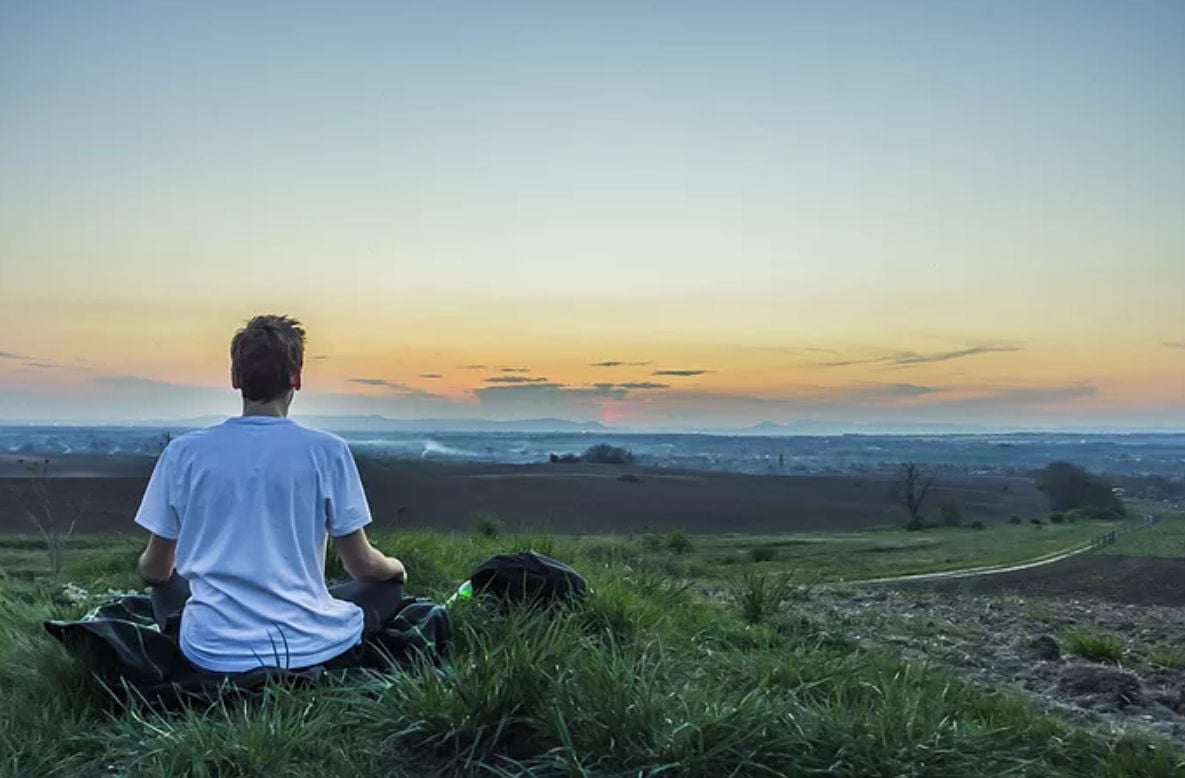
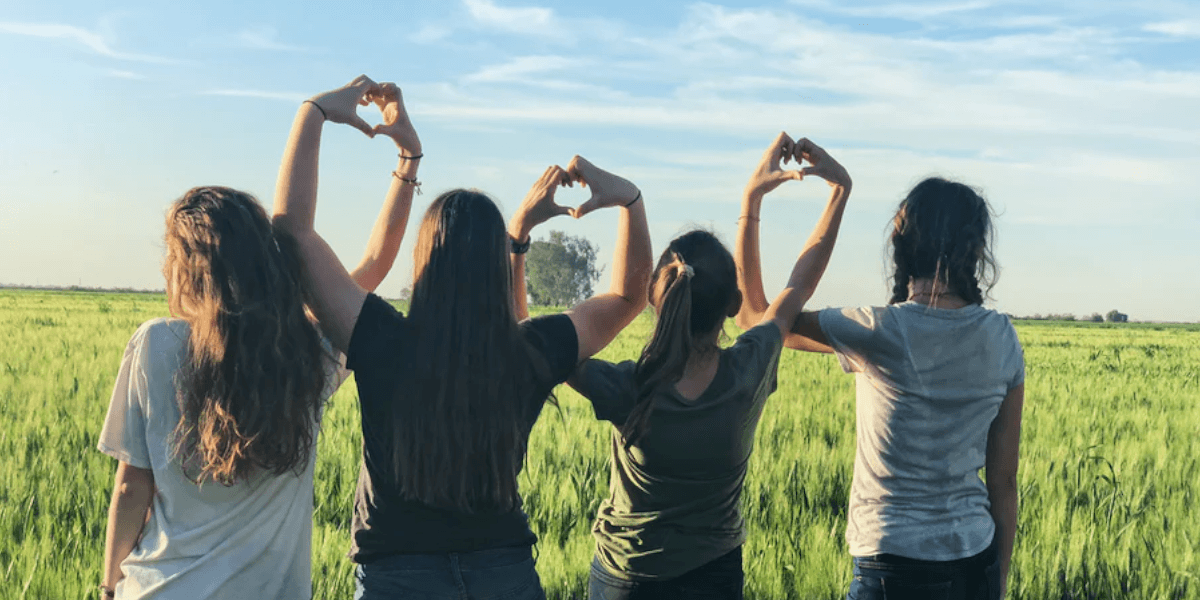
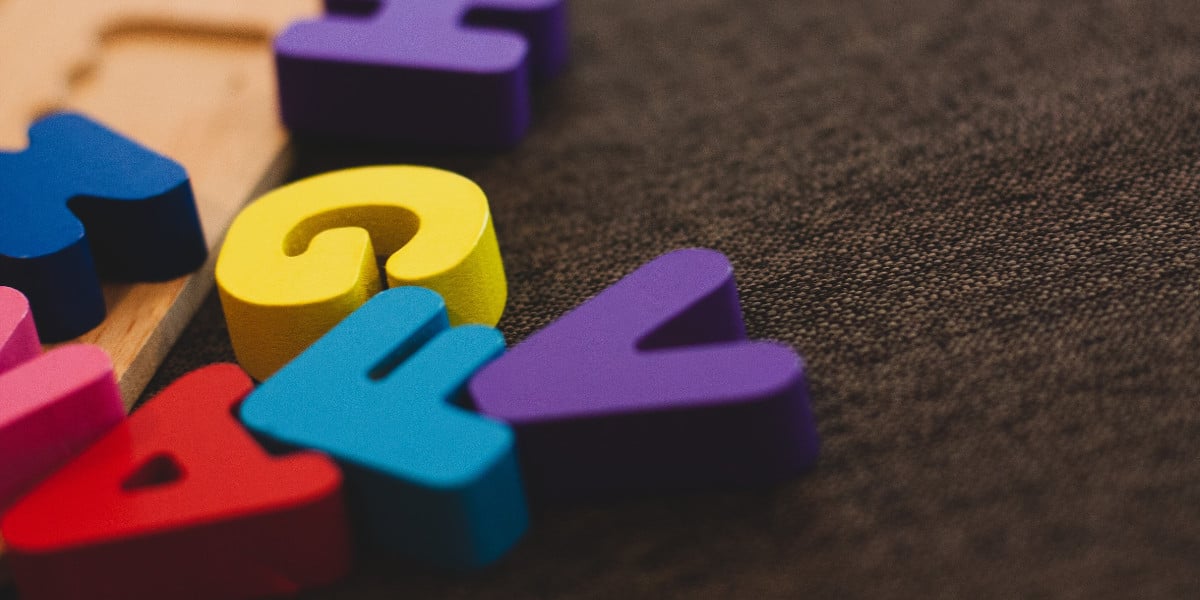
.png)
